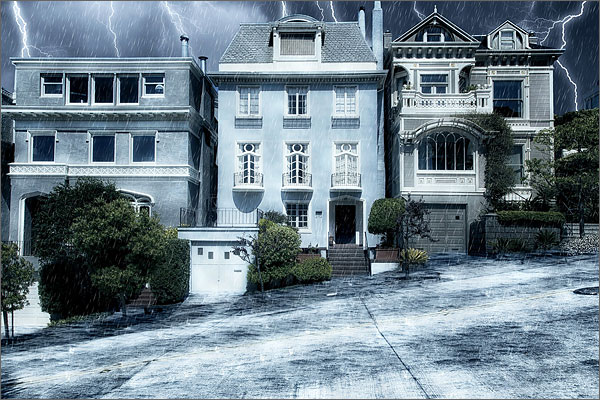
On January 10, 2023 (and updated on January 11, 2023) the Internal Revenue Service announced that California storm victims now have until May 15, 2023, to file various federal individual and business tax returns, and make tax payments. On January 13, 2023, California announced conformity to the IRS extended May 15 filing and payment deadlines for individual and business return filings.
Individuals and households that reside or have a business in the following counties (“disaster area”) qualify for relief:
- Alameda
- Colusa
- Contra Costa
- El Dorado
- Fresno
- Glenn
- Humboldt
- Kings
- Lake
- Los Angeles
- Madera
- Marin
- Mariposa
- Mendocino
- Merced
- Mono
- Monterey
- Napa
- Orange
- Placer
- Riverside
- Sacramento
- San Benito
- San Bernardino
- San Diego
- San Francisco
- San Joaquin
- San Luis Obispo
- San Mateo
- Santa Barbara
- Santa Clara
- Santa Cruz
- Solano
- Sonoma
- Stanislaus
- Sutter
- Tehama
- Tulare
- Ventura
- Yolo
- Yuba
The tax relief postpones various tax filing and payment deadlines that occurred starting on January 8, 2023. As a result, affected individuals and businesses will have until May 15, 2023, to file returns and pay any taxes that were originally due during this period.
This includes 2022 individual income tax returns due on April 18, as well as various 2022 business returns normally due on March 15 and April 18. Eligible taxpayers will also have until May 15 to make 2022 contributions to their IRAs and health savings accounts.
The May 15 deadline also applies to the quarterly payroll and excise tax returns normally due on January 31 and April 30, 2023. In addition, penalties on payroll and excise tax deposits due on or after January 8, 2023, and before January 23, 2023, will be abated if the tax deposits are made by January 23, 2023. The May 15, 2023, deadline also applies to the quarterly estimated tax payments, normally due on January 17, 2023, and April 18, 2023. This means that individual taxpayers can skip making the fourth quarter estimated tax payment, normally due January 17, 2023, and instead include it with the 2022 return they file, on or before May 15.
The IRS automatically provides filing and penalty relief to any taxpayer with an IRS address of record located in the disaster area. Therefore, taxpayers do not need to contact the agency to get this relief.
In addition, the IRS will work with any taxpayer who lives outside the disaster area but whose records necessary to meet a deadline occurring during the postponement period are located in the affected disaster area. Taxpayers qualifying for relief who live outside the disaster area need to contact the IRS at 866-562-5227. This also includes workers assisting the relief activities who are affiliated with a recognized government or philanthropic organization.
Individuals and businesses in a federally declared disaster area who suffered uninsured or unreimbursed disaster-related losses can choose to claim them on either the return for the year the loss occurred (in this instance, the 2023 return normally filed next year), or the return for the prior year (2022, normally filed this tax season).
If you have questions about the new extended deadline, please talk to your tax team here at LvHJ.
Read: Tax Planning for 2022








